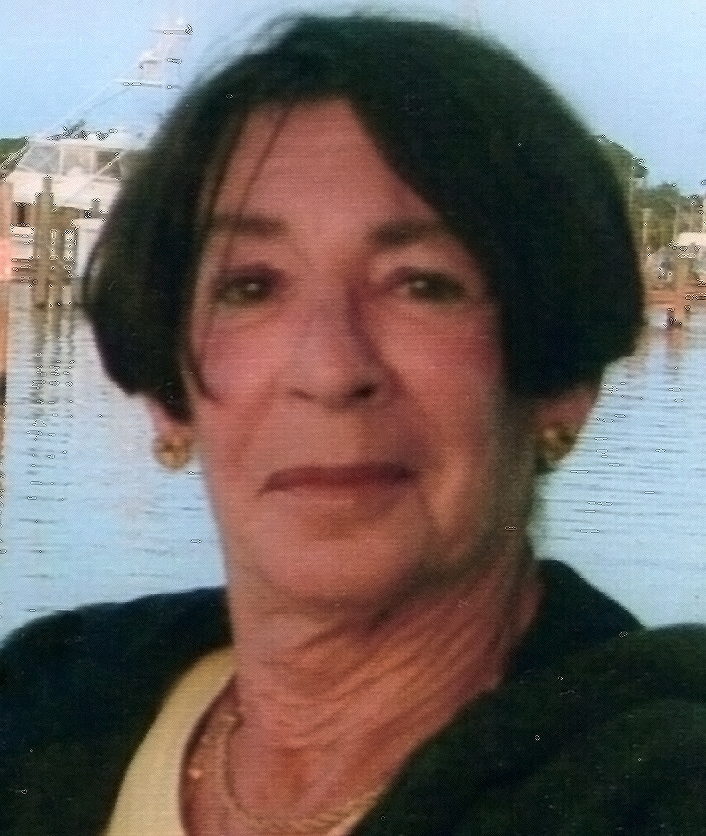Rochester Christian Learning Center is a Christian homeschool cooperative sponsored by First Congregational Church of Rochester. There will be a parent & family information session on April 13 at 10:00 am in the fellowship hall of the church. Please preregister to attend the info session by visiting the website www.RochesterChristianLC.org
Applications for September enrollment for children in Grades K-8 are being accepted and can also be found on the website.
